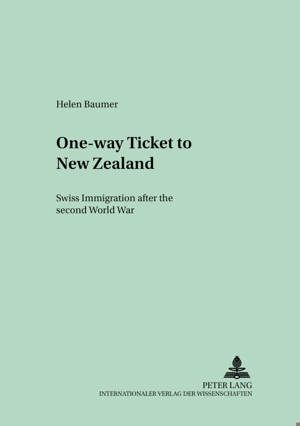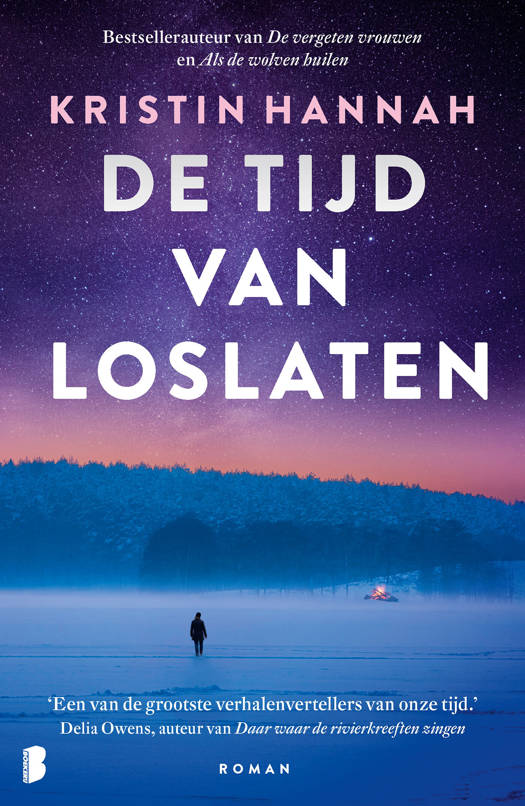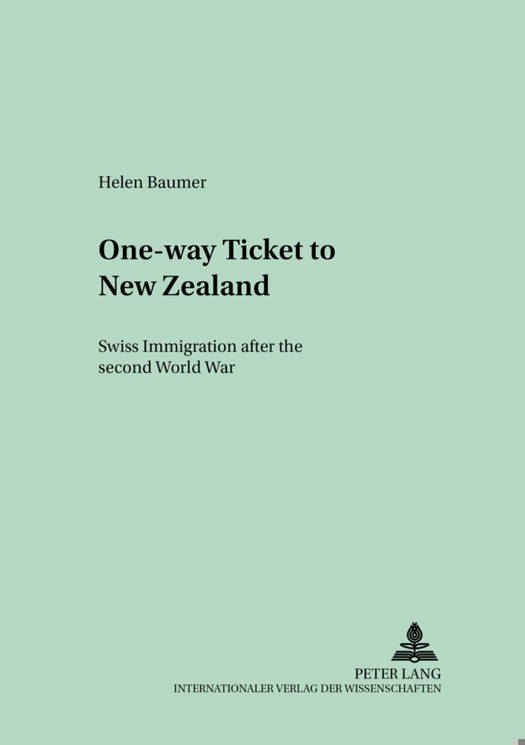
- Afhalen na 1 uur in een winkel met voorraad
- Gratis thuislevering in België vanaf € 30
- Ruim aanbod met 7 miljoen producten
- Afhalen na 1 uur in een winkel met voorraad
- Gratis thuislevering in België vanaf € 30
- Ruim aanbod met 7 miljoen producten
€ 77,45
+ 154 punten
Omschrijving
Over the past decade more than 200 Swiss have settled in New Zealand each year, with the number of registered Swiss New Zealanders now totalling some 6000. Yet, to date, very little research has been done on Swiss migration to New Zealand. One-Way Ticket to New Zealand presents the available material on early contacts between Switzerland and New Zealand. These include John Webber, Captain Cook's artist, who was almost certainly the first Swiss to set foot in New Zealand, in the year 1777, as well as early settlers like Felix Hunger, who established himself as a blacksmith in Taranaki and then returned to the Swiss canton of Graubünden to fetch further settlers. The study focuses particularly on immigration after the Second World War, and tells the stories of individual Swiss who have settled in New Zealand during this period. They include a deer farmer, a successful novelist, a travel agent, a restaurant owner, a homesick Ticinese and a professional drummer. Based on detailed interviews with Swiss living in New Zealand, it examines their reasons for leaving Switzerland and for choosing New Zealand, and explores the extent to which they have integrated into New Zealand society. It also presents and analyses data on immigration after the Second World War, taken from both census and Swiss Embassy sources.
Specificaties
Betrokkenen
- Auteur(s):
- Uitgeverij:
Inhoud
- Aantal bladzijden:
- 198
- Taal:
- Engels
- Reeks:
- Reeksnummer:
- nr. 2
Eigenschappen
- Productcode (EAN):
- 9783631514634
- Verschijningsdatum:
- 4/09/2003
- Uitvoering:
- Paperback
- Formaat:
- Trade paperback (VS)
- Afmetingen:
- 148 mm x 210 mm
- Gewicht:
- 269 g

Alleen bij Standaard Boekhandel
+ 154 punten op je klantenkaart van Standaard Boekhandel
Beoordelingen
We publiceren alleen reviews die voldoen aan de voorwaarden voor reviews. Bekijk onze voorwaarden voor reviews.










